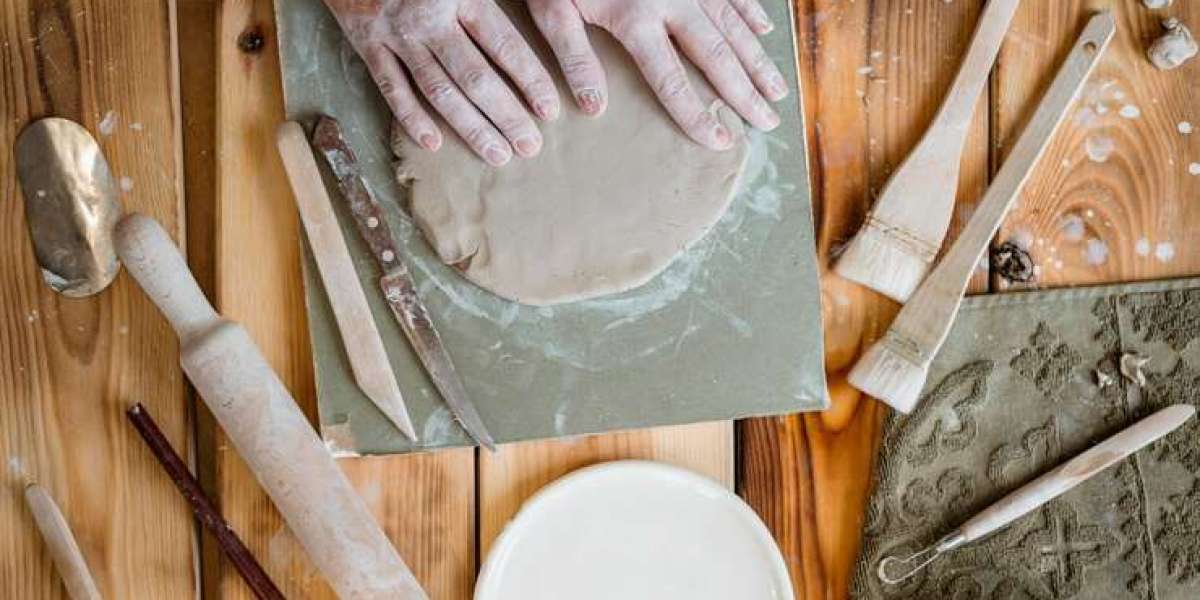Concrete may seem like an industrial material, but it has found its way into the world of creative crafting. In Singapore, concrete workshops have become increasingly popular for people interested in design, hands-on activities, and sustainable creativity. These sessions offer an introduction to a surprisingly artistic side of concrete.
Understanding What a Concrete Workshop Offers
Concrete workshops in Singapore are more than just crafting classes. They are a space for exploration, creativity, and learning practical skills.
What Participants Can Expect
These workshops usually involve creating small concrete items like planters, trays, candle holders, or coasters. Most sessions guide participants through mixing concrete, pouring it into moulds, setting, and finishing techniques.
Facilitators often share tips on achieving different textures and finishes, from smooth surfaces to raw, rustic appearances. Some workshops also introduce colour pigmenting and marbling effects.
Materials and Tools Used
Concrete crafting does not require heavy-duty tools. In a typical session, participants use silicone moulds, mixing bowls, spatulas, sandpaper, and safety gear like gloves and aprons. The concrete mix is often user-friendly and safe for indoor handling.
Workshops supply all tools and materials, making them beginner-friendly. Some also offer take-home kits for those who want to continue creating independently.
Benefits of Joining a Concrete Workshop
There are several reasons why these workshops are gaining attention in Singapore. Beyond crafting, they offer personal and educational benefits.
Developing Hands-on Skills
Concrete crafting teaches patience, attention to detail, and manual dexterity. Participants learn how to measure, pour, and time their work precisely. These skills are not only satisfying but also transferable to other DIY or home improvement projects.
Encouraging Sustainability and Minimalism
Concrete is a durable and recyclable material. Creating long-lasting home décor items from scratch promotes sustainable practices. The minimalist aesthetic that concrete naturally offers also aligns with popular design trends in Singapore.
Building a Sense of Achievement
Creating something from raw materials can be deeply rewarding. Whether you’re shaping a simple tray or experimenting with patterns, there’s a strong sense of accomplishment when your piece is demoulded and finished.
Who Can Join a Concrete Workshop?
Concrete workshops in Singapore cater to various age groups and skill levels. Whether you're a hobbyist, a designer, or someone looking for a unique weekend activity, these workshops have something to offer.
Beginners and Hobbyists
Many workshops are structured for beginners, with clear instructions and plenty of support. They’re perfect for people with no prior experience in crafting or working with materials like concrete.
Art and Design Students
For students in fields like interior design, product design, or architecture, concrete workshops offer valuable hands-on experience. They learn how materials behave, how forms are shaped, and how finishes can influence design aesthetics.
Team-Building and Social Groups
These sessions also work well as team-building exercises or bonding activities. Groups can work together, share ideas, and enjoy the creative process in a casual, low-pressure setting.
Choosing the Right Workshop in Singapore
Not all concrete workshops are the same. It’s helpful to know what to look for before signing up.
Types of Projects Offered
Some workshops focus on specific projects like terrazzo-style trays or marbled coasters. Others allow for more creativity with a variety of moulds. Knowing what you want to create can help you choose the right one.
Duration and Group Size
Workshops usually last between 1.5 to 3 hours. Smaller group sessions offer more personalised guidance, while larger ones may be more social and collaborative.
Workshop Location and Environment
Look for workshops that are conveniently located and offer a clean, well-ventilated workspace. A relaxed, creative atmosphere enhances the experience and makes the session more enjoyable.
Safety and Handling Considerations
Concrete may be easy to handle, but certain safety measures should still be followed.
Protective Gear and Ventilation
Even though the mixes used are safe, gloves and aprons protect skin and clothing. Adequate ventilation ensures that dust or fumes from additives don’t cause discomfort.
Post-Workshop Care
Concrete needs time to cure fully. Most workshops advise on how long to wait before using or painting your finished items. Knowing how to care for your creation ensures it remains durable and attractive.
The Growing Popularity of Craft-Based Experiences
Singapore has seen a growing interest in craft-based workshops, from pottery and candle-making to leatherwork and now concrete crafting.
Creative Escapes from Digital Life
Workshops offer a break from screen time and digital distractions. People are looking for ways to be present and engage their senses. Concrete crafting allows for tactile, mindful engagement.
Rising Interest in Home Decor and DIY
With the rise of home styling trends, many people want to add a personal touch to their living spaces. A handcrafted concrete piece not only serves as décor but also tells a story.
How to Continue Crafting After the Workshop
For those inspired to continue at home, it's easy to find starter kits and tutorials online. Many materials, like moulds and mixing agents, are now available from local craft stores or online platforms.
Setting Up a Small Home Station
You don’t need a workshop space to continue crafting. A well-covered table, some essential tools, and good ventilation are enough to get started. Always follow the same safety protocols used in workshops.
Joining Communities and Sharing Work
Crafting communities in Singapore often connect through social media or creative marketplaces. Sharing work, seeking advice, and getting inspired by others’ creations helps build long-term interest and skill.



